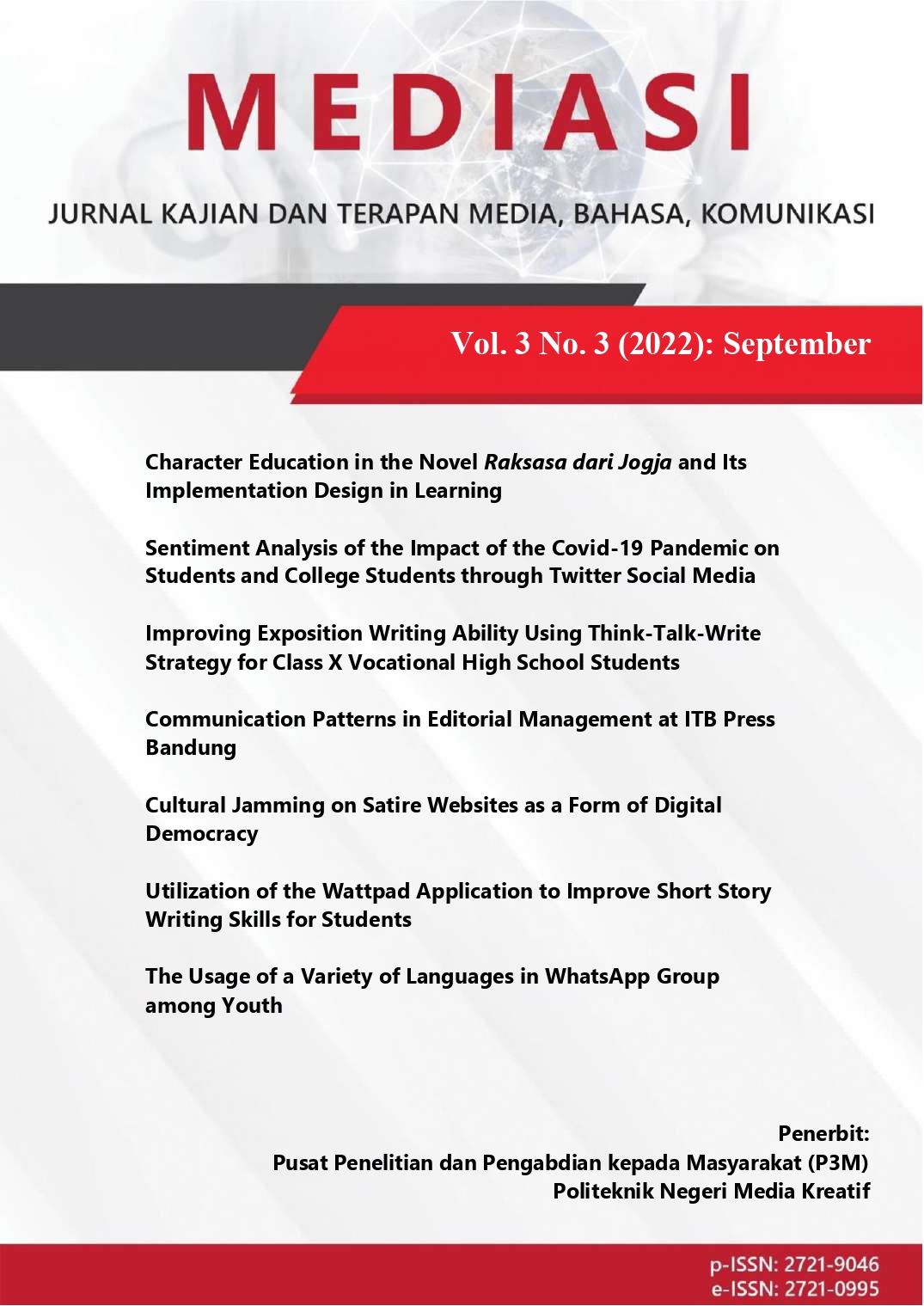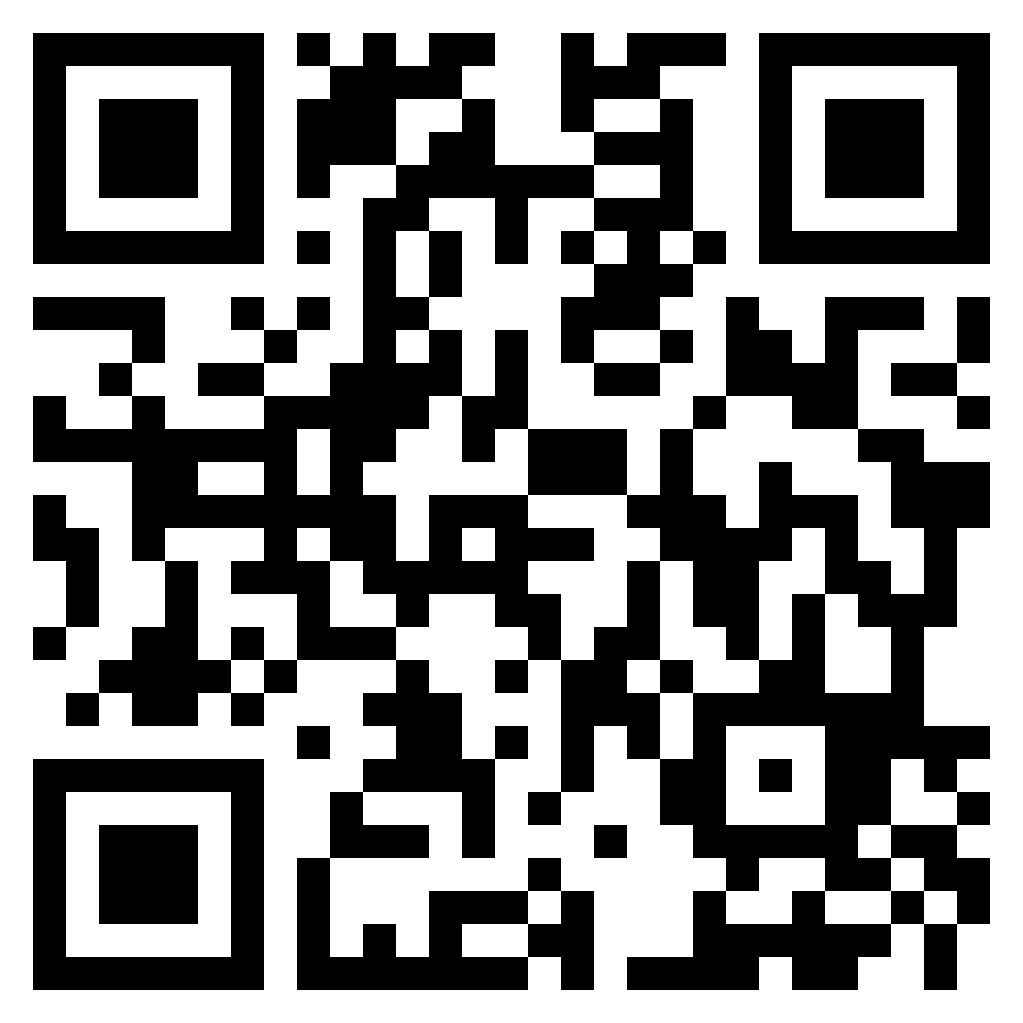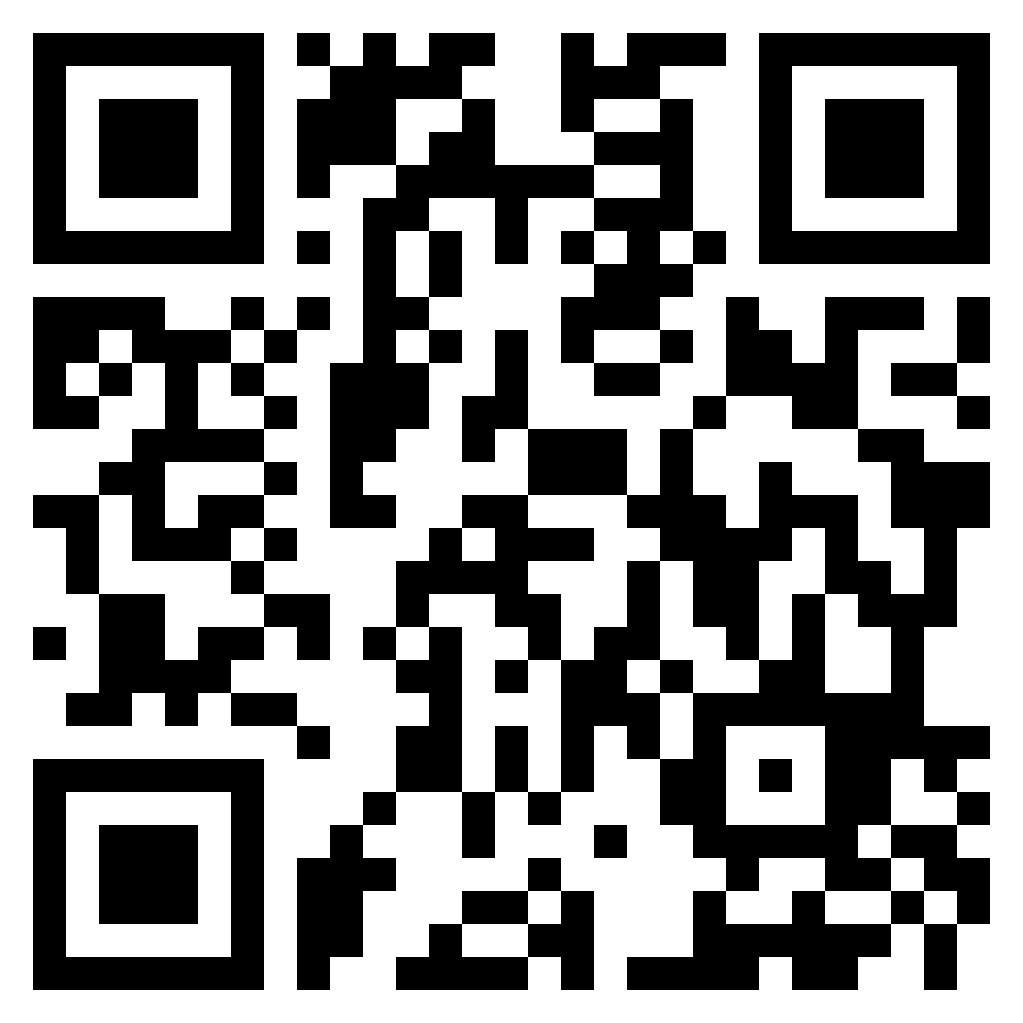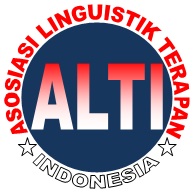Improving Exposition Writing Ability Using Think-Talk-Write Strategy for Class X Vocational High School Students
DOI:
https://doi.org/10.46961/mediasi.v3i3.581Keywords:
Improvement, Exposition Text, Strategy, Think-Talk-Write,Abstract
There are many obstacles in learning to write expository texts in vocational high schools. This happens because teachers still use conventional learning strategies. The researcher used a qualitative descriptive method of classroom action research (CAR). The results of the exposition text writing test in the first cycle showed an average value of 79.25 and in the second cycle an average of 83.22. From these results, it can be seen that the increase in students' skills in writing expository texts from cycle I to cycle II is 3.97 points or 12.03%. In addition to improving skills, student behavior also changes in a more positive direction after learning to write expository texts using the Think-Talk-Write strategy.
References
Alwasilah, A.C. & Alwasilah S.S. (2007). Pokoknya Menulis. Bandung: PT Kiblat Buku Utama.
Arikunto, S. (2010). Prosedur Penelitian Suatu Pendekatan Praktik. Jakarta: Rineka Cipta.
Departemen Pendidikan Nasional. (2008). Kamus Besar Bahasa Indonesia Pusat Bahasa. Jakarta: PT Gramedia Pustaka Utama.
Depdiknas. (2010). Akuntabilitas Kinerja Kepala Sekolah dalam Pembelajaran Inovatif. Jakarta: Binatama Raya.
Huda, M. (2013). Model-Model Pengajaran dan Pembelajaran. Pustaka Jaya: Yogyakarta.
Jauhari, H. (2013). Terampil Mengarang. Bandung: Nuansa Cendekia.
Kuncoro, M. (2009). Mahir Menulis. Erlangga: Jakarta.
Nursisto. (1999). Penuntun Mengarang. Yogyakarta: Adicita Karya Nusa.
Rohmadi, M. & Nugraheni, S. (2011). Belajar Bahasa Indonesia Upaya Terampil Berbicara dan Menulis Karya Ilmiah. Surakarta: Cakrawala Media.
Downloads
Published
How to Cite
Issue
Section
Citation Check
License
You are free to:
- Share — copy and redistribute the material in any medium or format
- Adapt — remix, transform, and build upon the material
- The licensor cannot revoke these freedoms as long as you follow the license terms.
Under the following terms: Attribution; NonCommercial; and no additional restrictions.















